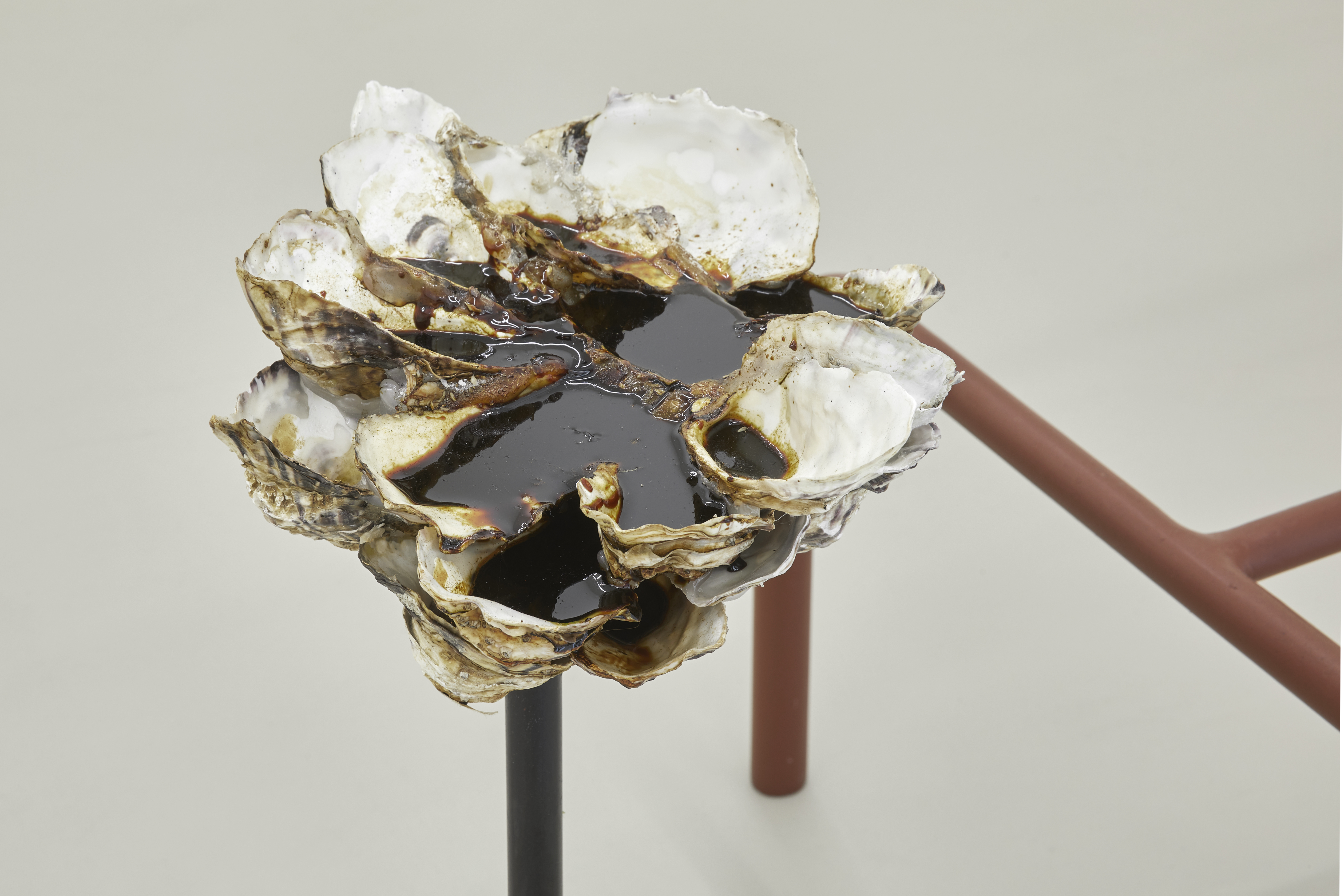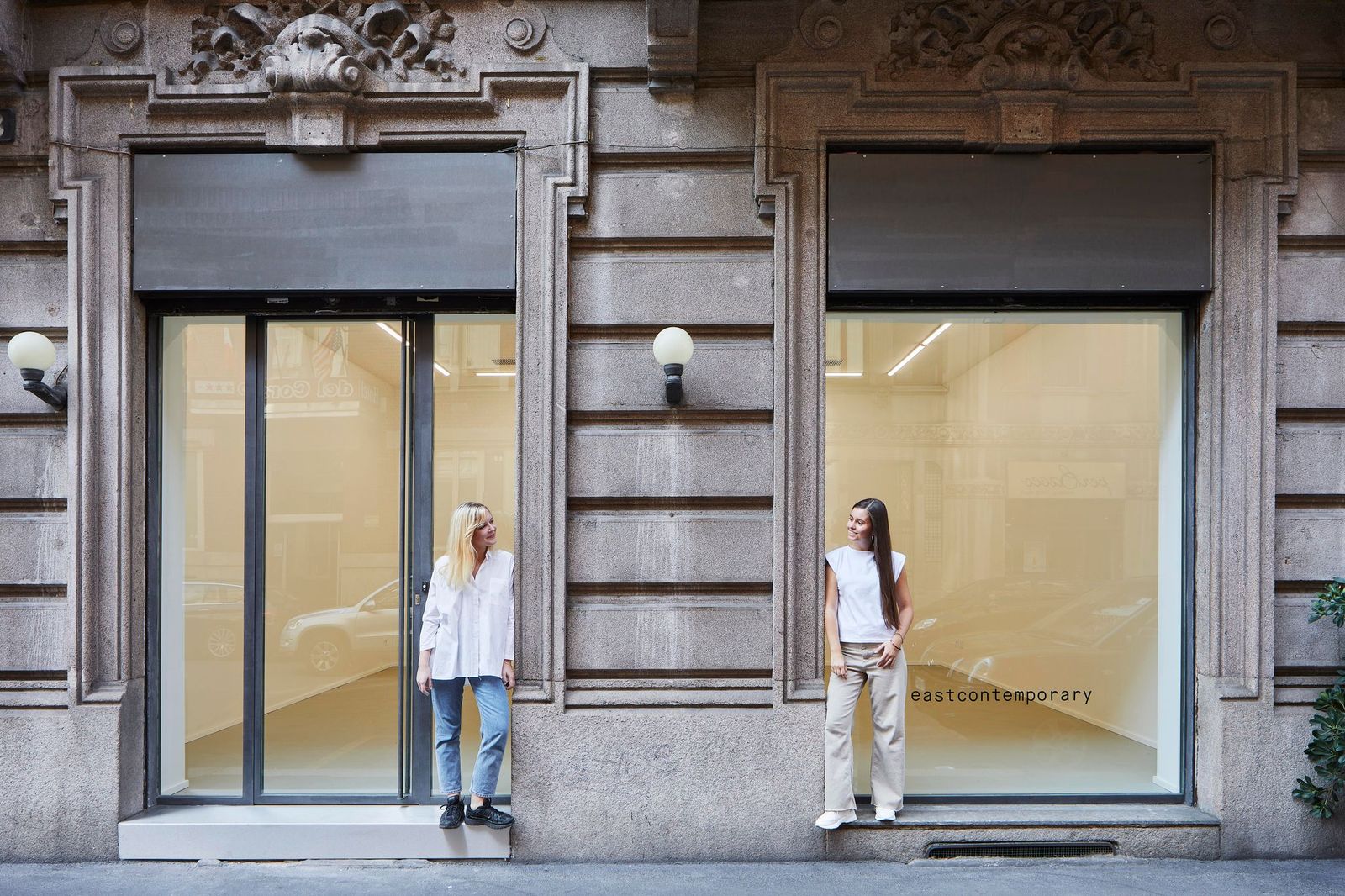
Easttopics: How did it all start? When did you decide to open a space dedicated to Eastern European contemporary art in Milan and what was the initial spark of this story?
Agnieszka Fąferek: It’s been a long story. We’re both Polish based in Milan, where we’ve been working within the arts sector since many years. Here, I mostly gained experience within the international art market, while working for private art galleries and collectors, and in particular, I specialized in Contemporary African Art. Julia, instead, has been working for local museums and institutions, developing at the same time her interests during numerous curatorial residencies across Eastern Europe. All these experiences gave us a panoramic view of the art world, making us understand at the same time that there was a strong interest in the Eastern European art scene in Italy, especially from the side of curators, gallerists and collectors. Since, there is no private art gallery or non-profit organization in Italy, which regularly promotes and exhibits artists from Central and Eastern Europe, we thought it would be a perfect focus and direction to take.
Julia Korzycka: We have been living in Milan for many years, but we regularly travel to Poland and other Central and East European countries. This allows us to follow the local art scene and stay up to date on what is happening. We also share the same cultural and linguistic sensitivity, so inevitably we have more resources to explore within this particular art scene. Everything happened two years ago in Venice. I met Agnieszka by chance at the opening of the exhibition ‘Force Field’ organized by The Starak Family Foundation, which was promoting the work of emerging Polish artists during the Venice Biennale. Agnieszka shared with me the concept of the project, for which she already found a space, and we immediately started to exchange our ideas. We realized that we have many things in common and we share the same interests, so I took the decision to dive into the project. It was a ‘now or never’ opportunity.
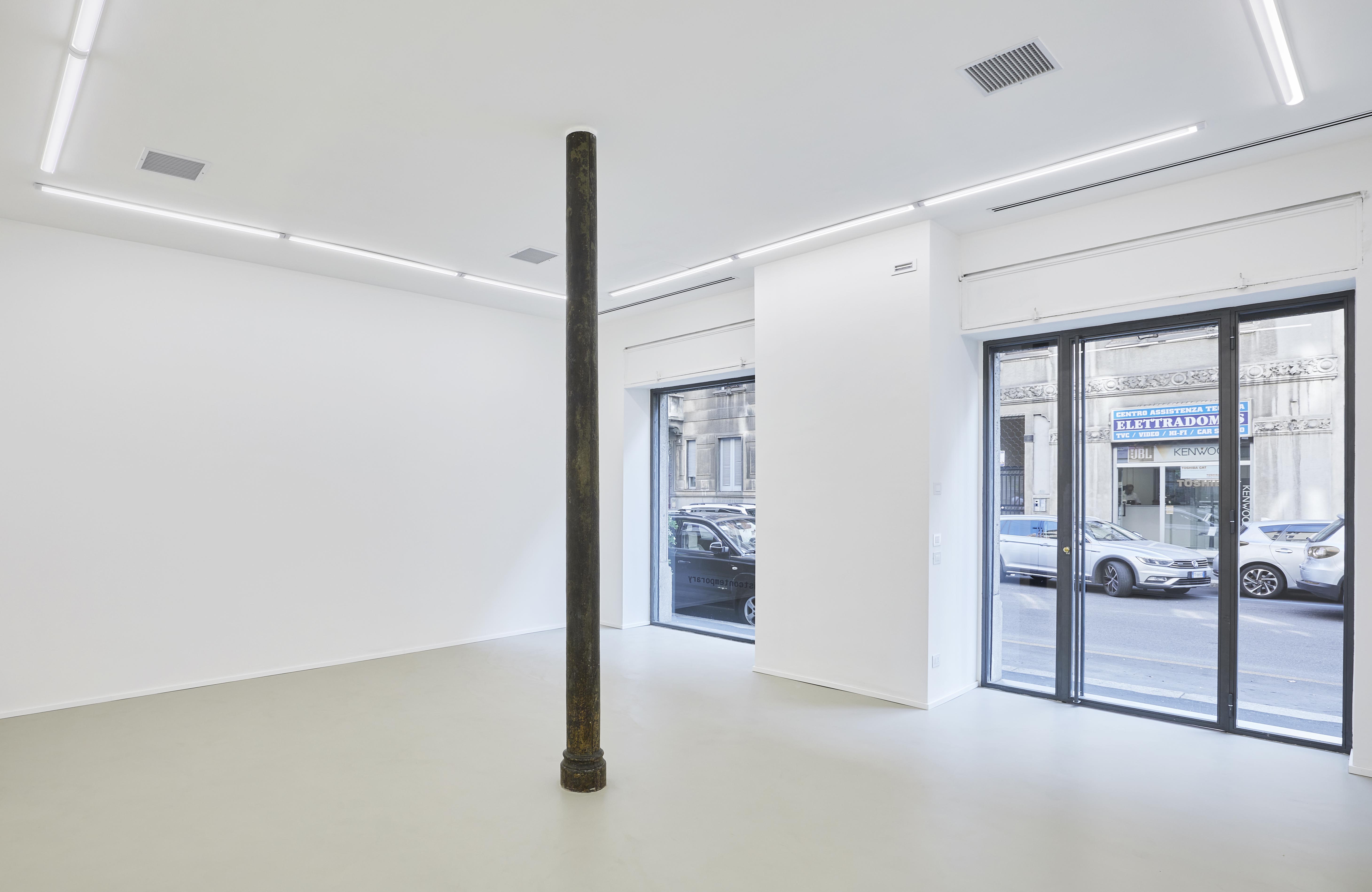
ET: What was the reception during the inauguration? How did the public and local art scene react?
A.F.: I must admit, we did not expect such an enthusiastic approach towards our project from the side of the local public and media. During our first opening, we repeatedly heard people saying that eastcontemporary constitutes a new and unprecedented reality within the Italian contemporary art scene and that it might bring a breath of fresh art in the city of Milan. We were really pleased to hear such opinions. It seems we do fill a certain gap. However, I always emphasize that although eastcontemporary was born as an exhibition space dedicated to the research, development and promotion of contemporary art from Central and Eastern Europe, which we aim to bring closer to the classic Western narrative, it is not an attempt to reorient the gaze towards this subject only, but rather to build a dialogue and create a tangible bridge between different, sometimes distant, artistic communities. We truly care about the plurality of voices, the concept of inclusiveness and the creation of transnational synergies, and it seems that’s what the public appreciates the most about eastcontemporary.
J.K.: Exactly, the fact of living and working in Milan, while being Polish at the same time, encourages us to consolidate the universalist vision of culture in general. We are aware that in the past this universalism has too often meant the hegemony of Western cultural centers. That’s why, the aim of eastcontemporary is to collaborate with artists from regions that were considered peripheral until recent times. The historical and geopolitical conditions have created a hybrid identity, rooted in local patriotism and popular traditions too. This kind of internationalism might be easily found on the spot, here in the city of Milan. Indeed, our goal is to contribute to the ‘production’ of such a melting pot.
ET: Could you describe the way eastcontemporary functions and how you elaborate its program?
A.F.: We started as a non-profit project space based on research and exhibition activities accompanied by a Public Program defined by talks, events and a reading group. The Public Program will be launched in January 2021. We are also developing different fundraising strategies and projects such as a Membership Program – FRIENDS OF eastcontemporary. Those who will join us as members will receive a number of benefits, including for example invitations to dinners with artists and other members-only events, special edition prints or a possibility to participate in our cultural trips aimed at discovering both East-Central European and Italian art scenes. We are currently planning the first trips, which should take place in the second part of 2021 and will likely include the 58th Belgrade Biennial in Serbia, Warsaw Gallery Weekend in Poland and trips dedicated to studio visits in Hungary, Czech Republic, Lithuania and Georgia. Moreover, following the hybrid business models more and more common within the art sector and to further strengthen our mission, we decided to develop a gallery program too, which will be announced soon.

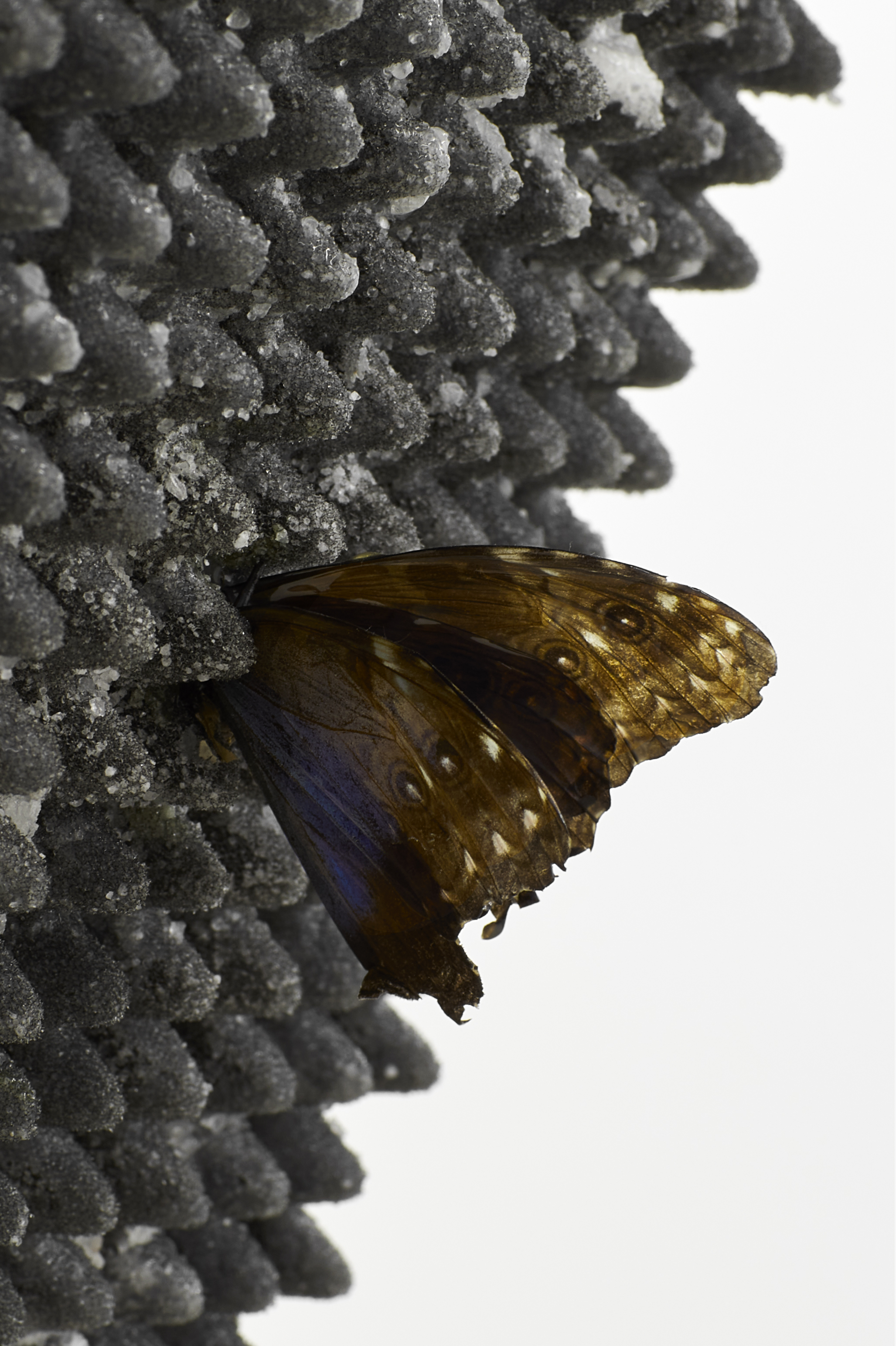
ET: Is there a more specific focus to your program i.e. on a specific country, theme, medium or gender?
J.K.: There is no specific focus, except for the one related directly to our mission. We aim to work with both emerging and established artists from different countries of Central and Eastern Europe. For example, for our first exhibition “The Future in Reverse”, we brought together Agata Ingarden, a young artist active in the sector for just a few years, with an established artist like Agnieszka Polska, the winner of Preis der Nationalgalerie (2017), whose work has already been exhibited at the Venice Biennale and in prestigious international institutions such as MoMA and New Museum in New York, Hirshhorn Museum and Sculpture Garden in Washington, Garage Museum of Contemporary Art in Moscow or Hamburger Bahnhof – Museum für Gegenwart in Berlin.
A.F.: Regarding the choice of artists for our first year of programming, which is characterized by a particular theme such as that of the unknown future, we let ourselves to be guided by our research on futurology, hydrofeminism, environmentalism, synthetic biology and new materiality, trying to choose the most interesting artists exploring these themes through innovative artistic languages.
J.K.: We decided to enclose this research within our curatorial project ‘Odds Against Tomorrow’ planned for 2020/2021 and committed to exploring, through multiple narrative levels, the concept of the future, its possibilities and impossibilities. The project is shaped over time through thematic exhibitions, a series of meetings and a publication.
A.F.: Another important element was to show artists, who have never exhibited in Italy or whose work is still little known in this part of Europe. We carefully study the background and careers of emerging artists, trying to give an opportunity especially to those, who are already actively moving between project spaces and artist residencies in Central and Eastern Europe, and for whom an exhibition in Milan could represent a fundamental opportunity for their further growth.
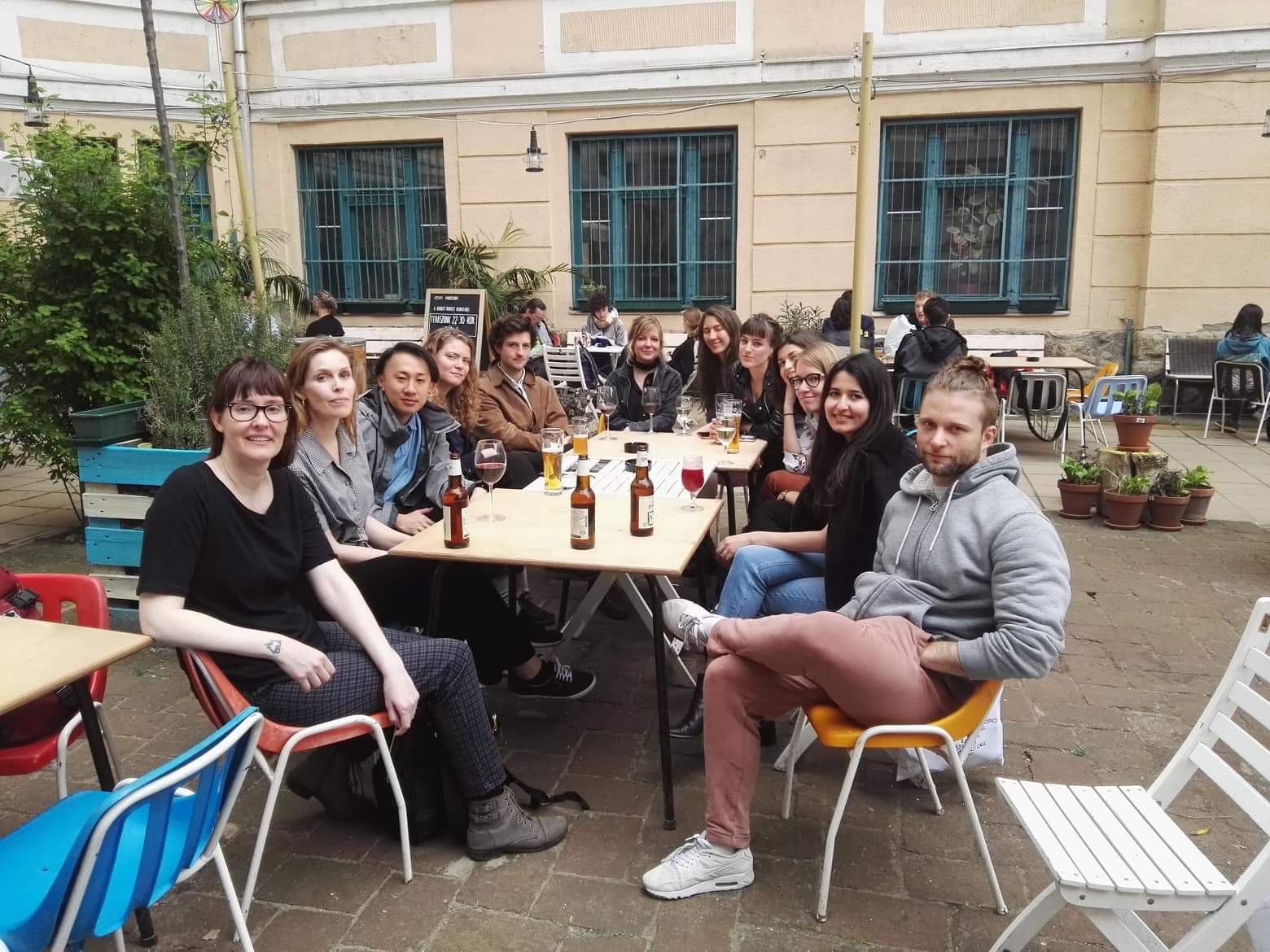
ET: Julia, last year you took part in the 2019 East Call curatorial program organized by Easttopics. What role did this experience play in your plans to open eastcontemporary?
J.K.: It played a huge role. It was part of my research period in the East and in search of new ideas as well, new art scenes that are different from the one I am acquainted with in Milan. I really enjoyed it, the program was organized very professionally, and we had the opportunity to take part in studio visits with artists of all generations who shared their life path and experiences with us. This allowed me to have a highly condensed and deep insight into the Hungarian art scene in a very short time. It also inspired me to pursue this adventure in Sofia, as I took part in the curatorial residency organized by curator and artistic director of Swimming Pool Viktoria Draganova, six months after the EastCall curatorial program in Budapest. These experiences, art scenes, people, sensitivities were very much thought-provoking for me and I find them much more enriching than going to large western art ‘centres’ like Paris or London for example. I am also still in contact with some of my fellow residents, it was a beautiful group of curators although it was just the first edition, so it was a fantastic residency for me, both on a professional and private level.
ET: What kind of cooperation would you envision for eastcontemporary in the future, and which position would you like eastcontemporary to have in a local as well as international context?
A.F.: Our mission is to build bridges and transnational synergies. Both in the local and international context, our program aims specifically, but not exclusively, to provide a global perspective on Central and East European contemporary art and culture. Our goal is to contribute to international recognition and greater visibility of the artists from this part of Europe. To do so, we believe it is essential to have platforms based on the cross-national collaboration both in the East, like Easttopics for example, and in the West too. We hope to create a continuous flow of exchange and provide a geopolitical vision through the lens of visual culture.
J.K.: Regarding the cooperation, this concept is directly inscribed in our mission, which is based on building cross-border alliances. Apart from the exhibition program, which is regularly presented in our space in via Giuseppe Pecchio 3 in Milan, we plan to move away from our white cube from time to time. We plan to interact and work on interdisciplinary projects with other institutions, galleries and project spaces in Milan. For example, we are currently working on a collaboration with a Milan-based alternative radio station and we are planning a series of residencies in collaboration with non-profit organization from Piedmont. Through a collaboration with Milan-based universities, we will also try to encourage young students and researchers to study art from East-Central Europe.
